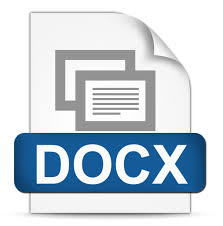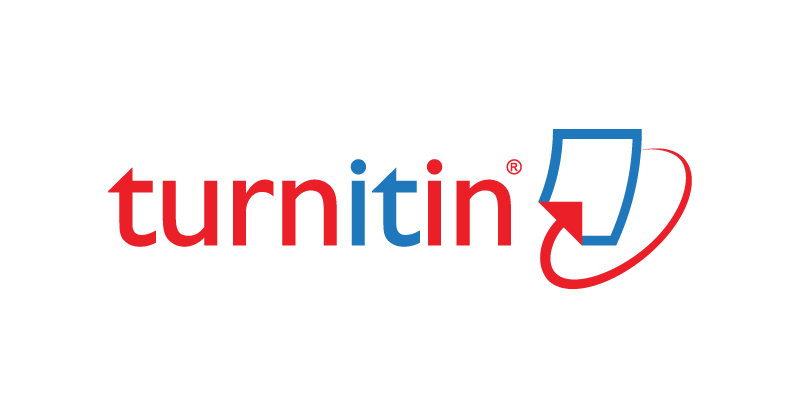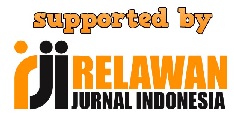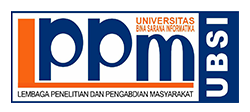Development of a Solar System Learning Application Using Markerless Augmented Reality Based on Android
Abstract
The use of technology in learning has opened up new opportunities to create more interesting and effective learning applications. In learning solar system material, especially at elementary school level, the teaching method still uses books, 2D pictures and teaching aids. However, the limitations of teaching aids which can only be used in class and do not allow them to be taken home can create obstacles in the learning process. To overcome these obstacles, innovation is needed in the development of learning media. One solution that can be used is to apply augmented reality technology. In this research, a solar system object learning application was created that applies markerless augmented reality technology. This application can be used as an alternative to using teaching aids in studying solar system objects. The methodology used in this research is the Multimedia Development Life Cycle (MDLC). The development of this augmented reality application was developed using tools Android Studio by implementing ARCore SDK and Sceneform in implementing markerless augmented reality. The results of this research are in the form of an Android-based learning application that applies markerless augmented reality technology and based on field testing, the effectiveness of the application in delivering solar system materials through the quiz feature is 75%, while 85% of users feel satisfied with the visual and ease of use of the application.
Keywords
Full Text:
PDFReferences
Agil, M., & Sitio, S. (2022). Implementasi Metode Markerless Augmented Reality Untuk Edukasi Nama Buah-buahan Berbasis Android. Dinamika Informatika : Jurnal Ilmiah Teknologi Informasi, 14(2). https://doi.org/10.35315/informatika.v14i2.9199
Bayu, R., Pratama, A., & Mubarok, A. (2022). Penerapan Teknologi Augmented Reality pada Mata Pelajaran Tata Surya dengan Metode Marker Based Tracking. 3(2).
Benawan, I., Nugraheni, D. M. K., Noranita, B., & Aryotejo, G. (2023). Digital Education Game for TK-A Level Students Using Multimedia Development Life Cycle Method. INTENSIF: Jurnal Ilmiah Penelitian Dan Penerapan Teknologi Sistem Informasi, 7(1), 68–83.
Br Siregar, N., & Aliyah, S. (2023). Implementasi Media Pembelajaran Sholat Sunah Menggunakan Augmented Reality Berbasis Android. JUITIK, 3(1).
http://journal.sinov.id/index.php/juitik/indexHalamanUTAMAJurnal:https://journal.sinov.id/index.php
Gumilang, B. G., & Qoiriah, A. (2023). Aplikasi Android Untuk Terapi Arachnophobia Berbasis Markerless Augmented Reality. Journal of Informatics and Computer Science, 04. https://doi.org/10.26740/jinacs.v4n03.p322-333
Harahap, A., Sucipto, A., & Jupriyadi. (2018). Pemanfaatan Augmented Reality (AR) Pada Media Pembelajaran Pengenalan Komponen Elektronika Berbasis Android. Jurnal Ilmiah Infrastruktur Teknologi Informasi (JIITI), 1(1), 20–25.
Hendriyani, Y., Effendi, H., Novaliendry, D., & Effendi, H. (2019). Augmented Reality Sebagai Media Pembelajaran Inovatif Di Era Revolusi Industri 4.0. Jurnal Teknologi Informasi Dan Pendidikan, 12(2), 62–67. https://doi.org/10.24036/tip.v12i2.244
Husna, K. (2022). Penggunaan Alat Peraga Fisika Pada materi Jenis-Jenis Tumbukan Untuk Meningkatkan Prestasi Siswa. 4(1), 161–177. https://www.journalserambi.org/index.php/jkk/article/view/92
Juanda, N., & Atmaja, D. (2018). Pengembangan Aplikasi Media Pembelajaran Interaktif 3D Tata Surya Menggunakan Teknologi Augmented Reality Dengan Android. 17.
Kanti, L., Rahayu, S. F., Apriana, E., & Susanti, E. (2022). Analisis Pengembangan Media Pembelajaran Berbasis Augmented Reality dengan Model POE2WE Pada Materi Teori Kinetik Gas: Literature Review. Jurnal Pendidikan Dan Ilmu Fisika, 2(1), 75.
https://doi.org/10.52434/jpif.v2i1.1731
Nuqisari, R., & Sudarmilah, E. (2019). Pembuatan Game Edukasi Tata Surya dengan Construct 2 Berbasis Android. Jurnal Teknik Elektro, 19(02).
Qosid Ilahy, W., Trisetiyoko, D., & Wahid, F. S. (2022). Pengaruh Penggunaan Alat Peraga Tata Surya Terhadap Motivasi dan Hasil Belajar Peserta Didik. Jurnal Ilmiah Wahana Pendidikan, 8(16), 644–653. https://doi.org/10.5281/zenodo.7106237
Suhandra, W., Purwandari, E. P., & Efendi, R. (2018). Implementasi Markerless Augmented Reality Location Based Dalam Pencarian Lokasi Wisata Di Kota Bengkulu. Rekursif: Jurnal Informatika, 6(2). https://doi.org/10.33369/rekursif.v6i2.5520
Unaenah, E., Aulia, N., & Rahma, S. N. (2023). Faktor Penyebab Kurang Efektifnya Penggunaan Alat Peraga dalam Pembelajaran Pengukuran Satuan Waktu pada Siswa Kelas V. MASALIQ, 3(6), 1007–1018. https://doi.org/10.58578/masaliq.v3i6.1567
Widodo, A., & Utomo, A. B. (2021). Media Pembelajaran Taksonomi Hewan Berbasis Augmented Reality dengan Fitur Multi Target. Edu Komputika, 8(1). http://journal.unnes.ac.id/sju/index.php/edukom
DOI: https://doi.org/10.31294/inf.v11i2.19084
Refbacks
- There are currently no refbacks.
Copyright (c) 2024 Bintang Aditya, Safaruddin Hidayat Al Ikhsan, Berlina Wulandari

This work is licensed under a Creative Commons Attribution-ShareAlike 4.0 International License.
Index by:
|
|
|
|
|
|
|
|
|
|
|
|
|
Published LPPM Universitas Bina Sarana Informatika with supported by Relawan Jurnal Indonesia
Jl. Kramat Raya No.98, Kwitang, Kec. Senen, Jakarta Pusat, DKI Jakarta 10450, Indonesia

This work is licensed under a Creative Commons Attribution-ShareAlike 4.0 International License






